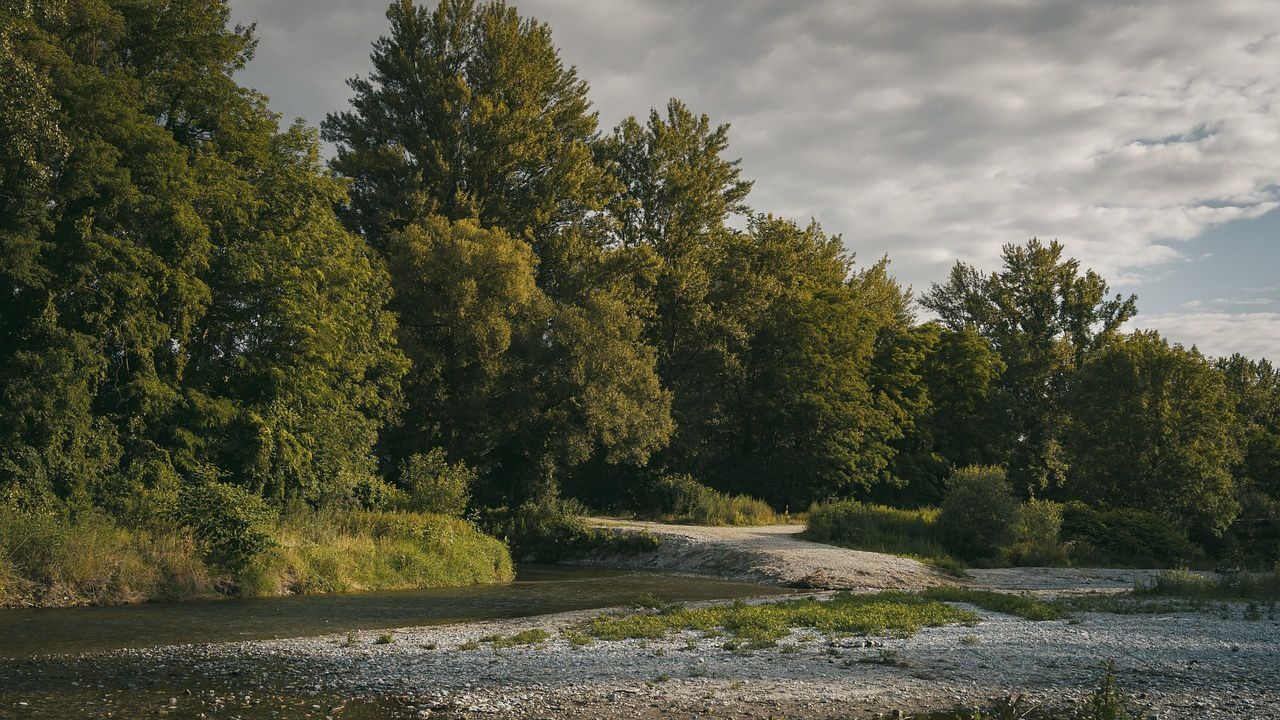Texas is known for its natural beauty and stunning wildlife, and now the west side of the state is being recognized for it on a national scale.
Secretary of the Interior Deb Haaland on Friday named the Independence Creek Preserve in West Texas the nation’s newest National Natural Landmark.
“Today, we recognize another extraordinary American natural feature as a National Natural Landmark. Working with private landowners is a critical part of our conservation and preservation efforts at the Department,” Haaland said. “This designation furthers the Biden-Harris administration’s vision for inclusive and collaborative conservation, building on our legacy of voluntary and locally-led stewardship of our nations lands and waters.”
The secretary of the interior chooses a site to be named a National Natural Landmark based on "outstanding condition, illustrative character, rarity, diversity and value to science and education," according to a news release.
Independence Creek Preserve, which is protected and managed by The Nature Conservancy, spans 20,000 acres of Chihuahuan Desert and features flat top mesas, canyons, woodlands, desert shrub and prairie grasses.
The preserve is home to migratory birds and several rare and endangered species like the black capped vireo and the Proserpine shiner, in addition to a variety of plants and animals, according to The Nature Conservancy.
“The preservation and protection of America’s special places is most successful when accomplished through inclusive, locally led efforts,” said Chuck Sams, director of the National Park Service, which manages the national natural and historic landmarks programs. “This newly designated landmark exemplifies collaborative conservation while recognizing the ecological brilliance of this desert oasis.”
There are currently 605 of these designated landmarks at city, county or state parks, wildlife refuges, national forests, nature preserves and privately owned lands across the country.



